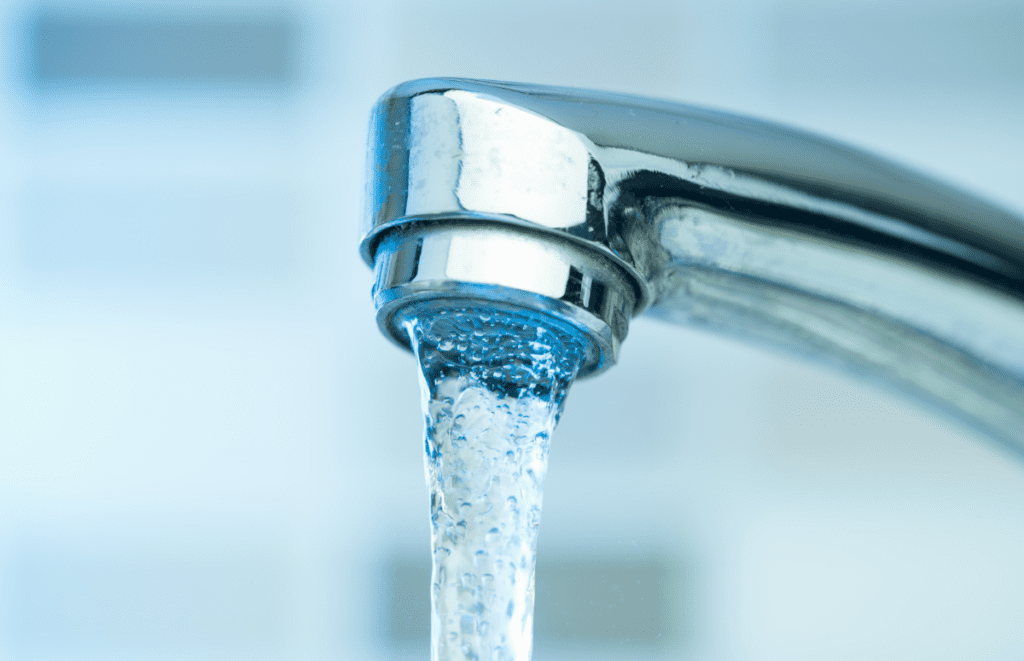Do you know what a PRV is and how to tell when it’s time to have it replaced? If the answer is “no”, don’t worry! We’ve got all the info you need.
What is a PRV?
First things first, what the heck is a PRV, anyway? It’s short for pressure-reducing valve and it’s the device that reduces water pressure as water enters your home so that it does not damage your plumbing and fixtures. PRVs contain rubber parts and springs, both of which will wear down and fail over time, so it is important to watch for signs that it may be time to replace your PRV.
Abnormal Water Pressure
Unusually high or unusually low water pressure are both potential indicators of a failing PRV. If you have low water pressure in one faucet specifically if another faucet is running simultaneously, this is likely an issue with the PRV. However, unusually high water pressure is also a sign of a failing PRV because it indicates that the PRV is no longer doing its job and is allowing high-pressure water into your home system without regulating it.
Strange Noises
If you hear unusual noises such as thumping, vibrating, and hammering from your pipes, this often indicates that it’s time to change your pressure-reducing valve. These types of noises can indicate a number of different problems, not just a failing PRV, so you should always have a plumber inspect and evaluate the issue to determine whether your PRV needs replacing or if there is something else going on that requires maintenance.
Call Pink Plumbing today to book a plumbing inspection
Leaks
Leaky pipes or faucet leaks can both be signs of a failing PRV, as well as a leaky PRV itself. Leaking pipes and faucets can be the result of water pressure that is too high, which tends to happen when there is a problem with your PRV.
If you notice a wet patch around where your PRV is installed, you have an issue with your pressure-reducing valve. There may be a problem with the valve itself, a broken spring, or a blockage. Depending on the exact nature of the issue, your PRV may need to be repaired or completely replaced. Hire a plumber to come and check it out sooner rather than later. The longer you ignore it, the worse (and more costly the problem will become.



